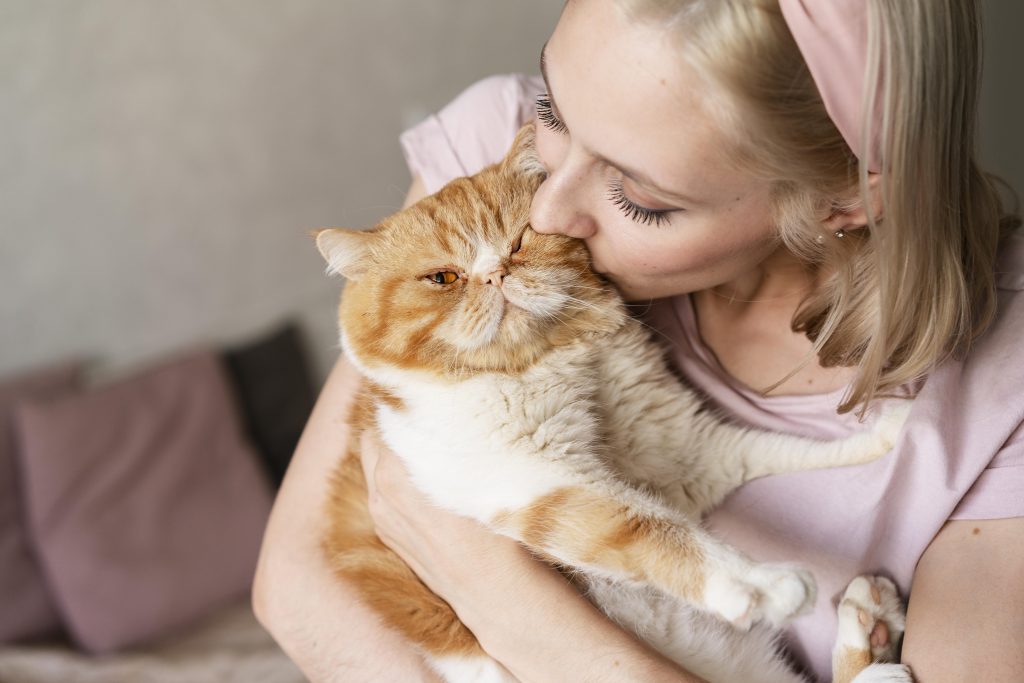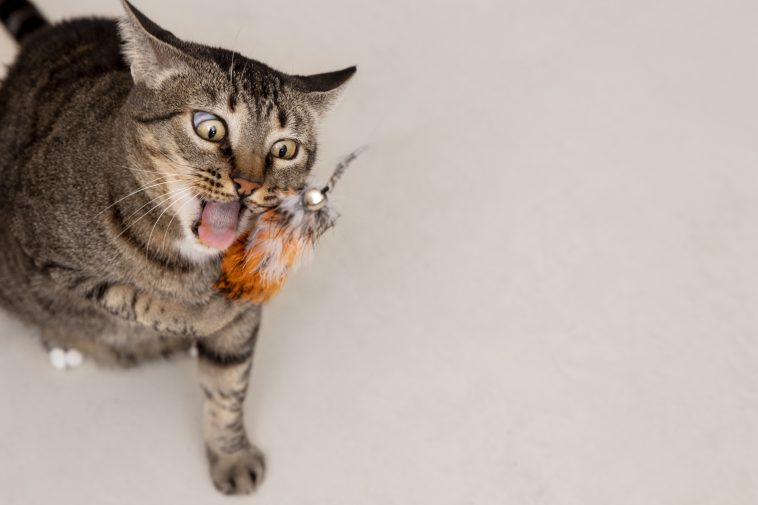Introduction: The passing of a cherished pet is an emotional journey for any pet parent, prompting questions about how animals comprehend and cope with the concept of death. This guide explores the grieving process in dogs and cats, shedding light on their emotional responses and offering insights on how to support them through these challenging times.

Do Dogs and Cats Grieve? While pets may not fully grasp the permanence of a loss, behavioral changes suggest a genuine sense of grief. Both dogs and cats exhibit signs of distress and sorrow, mirroring similar patterns observed in grieving humans. The depth of their connection with the deceased companion influences the intensity and duration of their grieving process.
Signs of Grief in Dogs and Cats: Research indicates that dogs and cats manifest grief through various behavioral changes. These signs, akin to those observed in grieving children, include:
- Increased demand for attention
- Clinginess or neediness
- Seeking less affection from pet parents
- Occupying the deceased’s favorite spot
- Altered sleep patterns
- Changes in eating habits
- Vocalizations indicating distress
Duration of Grief in Pets: Grief duration in pets, much like in humans, varies widely. While experts suggest weeks to months for grief to run its course, certain animal communities display prolonged mourning lasting for years. Recognizing and respecting individual variations is crucial in providing adequate support.
Reciprocal Influence: How Our Grief Affects Pets: Studies indicate that pets are attuned to human emotions, registering stress through elevated cortisol levels. When pet parents experience grief, pets may exhibit physical stress responses, emphasizing the interconnectedness of human and animal emotions.
Supporting Grieving Pets: Guiding pets through the grieving process involves a combination of environmental management and emotional support. Key strategies include:
- Maintain Daily Routines:
- Stick to established routines, ensuring consistent meal schedules and maintaining regular outdoor activities and playtime.
- Offer Extra Attention:
- Provide additional affection and attention to help pets emotionally recover from the loss of their companion.
- Utilize Calming Aids:
- Incorporate calming aids such as music therapy, Adaptil, Feliway diffusers, and calming collars.
- Introduce Mental Stimulation:
- For dogs, offer new toys and chews for mental engagement. Cats benefit from new cat trees, interactive toys, and access to safe outdoor spaces.
- Monitor Behavioral Changes:
- Observe any behavioral shifts but avoid punishing grieving pets. Consult with a vet or behaviorist for severe cases, and consider antidepressant medications if needed.
Euthanasia and Pets: Deciding whether pets should be present during euthanasia is subjective. Some argue that witnessing the process helps them comprehend the finality, facilitating a smoother grieving process. Post-euthanasia, pets may exhibit varied responses, emphasizing the importance of individualized approaches.
Introducing a New Pet After Loss: Timing is crucial when considering a new pet post-loss. Gradually introduce a new companion, gauging the emotional state of existing pets. Rushing this process may heighten stress, leading to temporary behavioral issues.
Conclusion: Nurturing Emotional Resilience in Pets Understanding and acknowledging the depth of grief in dogs and cats allows pet parents to provide empathetic and tailored support. By recognizing signs, maintaining routines, and offering emotional reassurance, pet owners can guide their beloved companions through the intricate journey of grief, fostering emotional resilience and eventual recovery.


